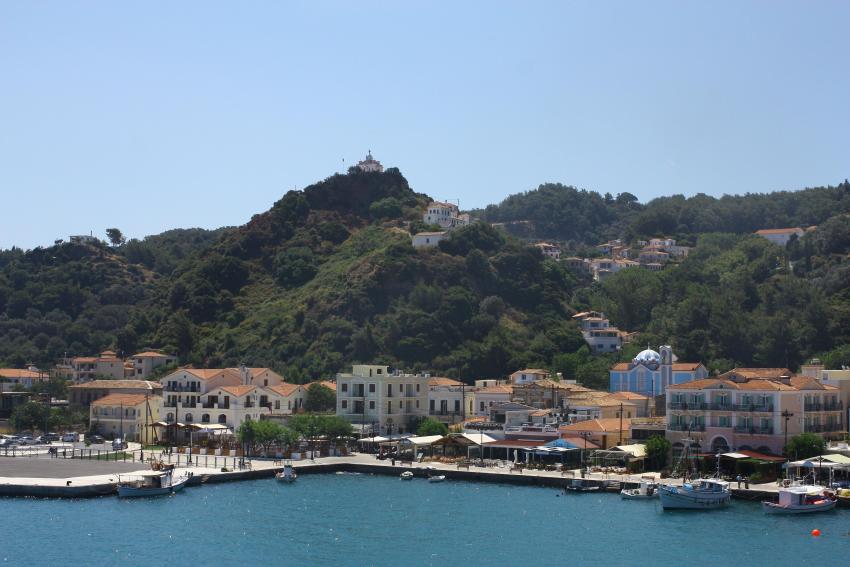- Read offline
- Access all content
- Use the in-app Map to find sites, and add custom locations (your hotel...)
- Build a list of your own favourites
- Search the contents with full-text search functionality
- ... and more!
Sámos: Karlóvassi and the West
Second City and natural marvels

Karlóvassi, Sámos’ second city and port, is pleasant enough, much sleepier and Greekier than Vathy or Pythagório, and neatly divided, in descending order of interest, into old, middle and new (Paléo, Meséo and Néo) Karlóvassi, punctuated with the pale blue domes of absurdly large 19th-century churches.
The city was an industrial tanning centre between 1880 and World War II, when it hosted more than 50 tanneries employing some 300 locals. They produced leather for shoes, a business supported by better-late-than-never Tanzimat economic reforms put in place in the 19th century by the Ottoman Empire.
The local pine forests provided the bark for the tannin, which was in such demand that the authorities had to intervene to protect the woodd.
Images by Andrew Ferguson, Ellibah, Petr Kratochvil,PD art, public domain, Samos Voice, Tomisti, Waldviertler

